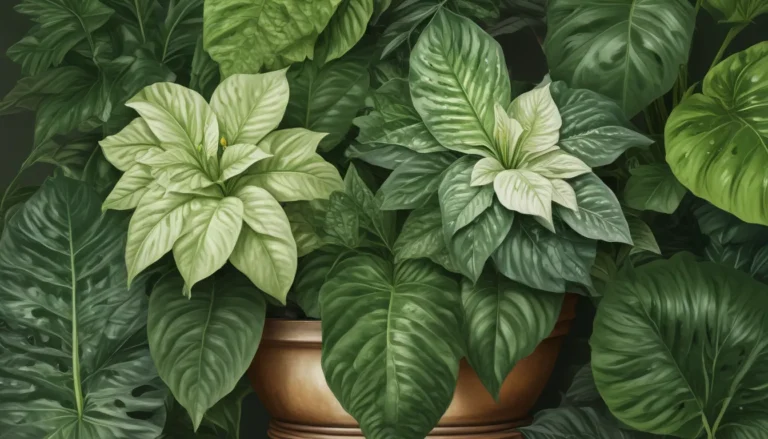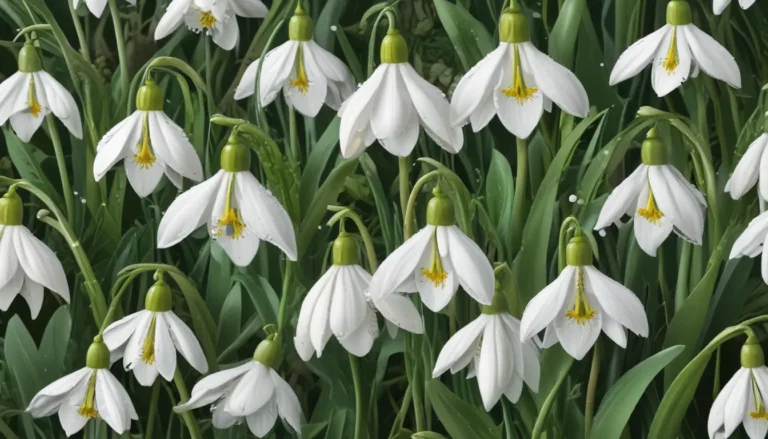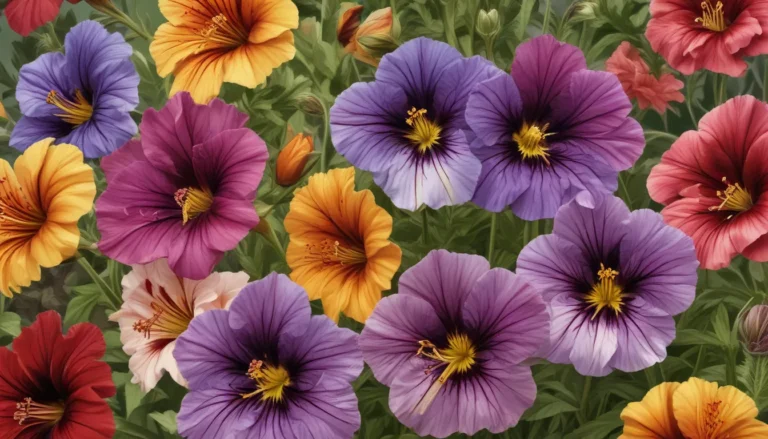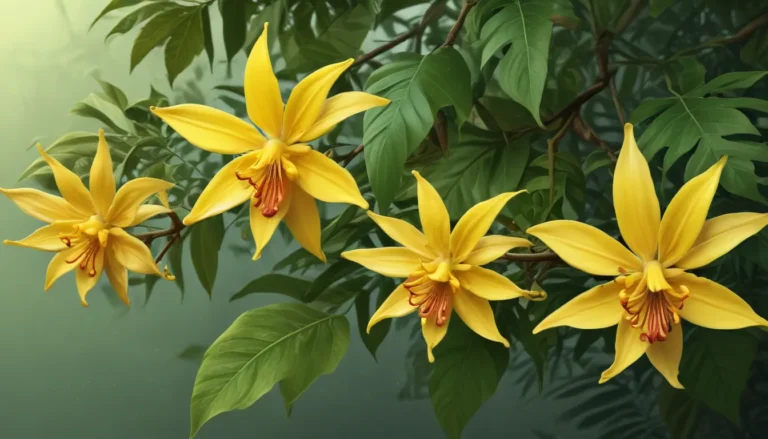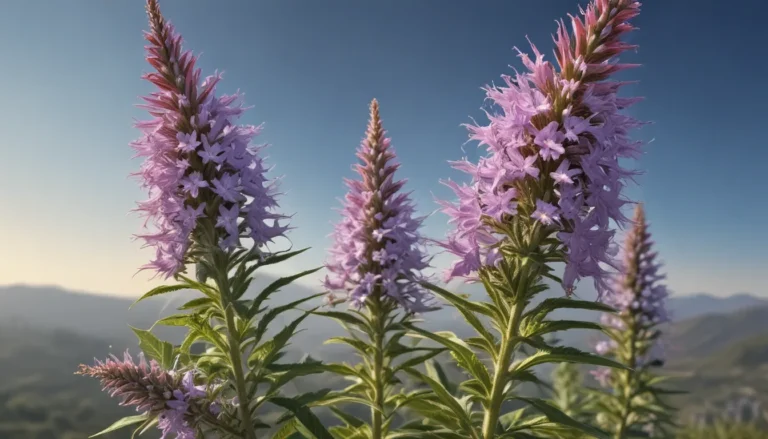The pictures we use in our articles might not show exactly what the words say. We choose these pictures to make you interested in reading more. The pictures work together with the words but don’t take their place. The words still tell you the important facts.
Welcome to the ultimate guide on poison ivy, the infamous plant that can leave you with an itchy and blistering rash if you’re not careful. In this article, we will delve into the fascinating world of poison ivy, exploring its identification, effects, prevention, and treatment. By the end of our journey, you will be equipped with valuable knowledge to navigate the great outdoors safely and confidently.
Understanding Poison Ivy: The Basics
Before we dive into the nitty-gritty details, let’s start with the basics. Poison ivy, scientifically known as Toxicodendron radicans, is a plant commonly found across North America. It is notorious for its ability to induce an allergic reaction in humans who come into contact with it. The main culprit behind this reaction is a substance called urushiol, an oily resin present in the leaves, stems, and roots of poison ivy plants.
10 Fascinating Facts About Poison Ivy
-
Identification is Key: Recognizing poison ivy is crucial to avoid contact. Look for plants with three leaflets, glossy green in summer and vibrant red, orange, or yellow in the fall.
-
Urushiol: The Culprit: Urushiol is the primary allergen in poison ivy, causing itching, blisters, and swelling in most people.
-
Beware of Residual Urushiol: The resin can remain active on surfaces for months or even years, so be cautious when handling potentially contaminated objects.
-
Misleading Nature of Poison Ivy: The plant can take on various forms, including ground covers, shrubs, and climbing vines, sometimes resembling harmless plants like Virginia Creeper.
-
Geographical Distribution: Poison ivy is widespread in North America, with different varieties existing across the continent.
-
Pets and Poison Ivy: While pets may not be affected by poison ivy, they can transfer urushiol to humans, so be sure to wash them after outdoor excursions.
-
The Itch that Persists: Scratching poison ivy rash can worsen irritation and lead to infection, so seek proper treatment instead.
-
Preventing Poison Ivy Rash: Wear protective clothing and use barrier creams containing bentoquatam to prevent contact with urushiol.
-
Treating Poison Ivy Rash: Over-the-counter creams, cold compresses, and oatmeal baths can help alleviate the discomfort of poison ivy rash.
-
Leaves of Three, But Not for Everyone: Some individuals are immune to poison ivy's effects, but caution is still advised to prevent unintentional transmission of urushiol.
Strategies to Avoid Poison Ivy
Now that you’re equipped with knowledge about poison ivy, let’s explore some practical strategies to avoid coming into contact with this pesky plant.
-
Learn to Identify Poison Ivy: Remember the mantra, “Leaves of three, let it be,” and familiarize yourself with the plant’s appearance.
-
Be Cautious in Outdoor Settings: Whether hiking, gardening, or camping, be on the lookout for poison ivy and take precautions to avoid contact.
-
Protective Clothing: Wear long sleeves, pants, and gloves when venturing into areas where poison ivy may be present.
-
Barrier Creams: Consider using barrier creams containing bentoquatam to provide an additional layer of protection against urushiol.
-
Wash Clothing and Pets: After outdoor activities, wash your clothes and pets to remove any potential traces of urushiol.
-
Educate Others: Share your knowledge about poison ivy with friends and family to help them stay safe in nature.
Dealing with Poison Ivy Rash
Despite your best efforts, accidents can happen, and you may find yourself with a poison ivy rash. Here are some tips for managing the discomfort and promoting healing:
-
Avoid Scratching: As tempting as it may be, scratching the rash can exacerbate irritation and increase the risk of infection. Resist the urge to scratch.
-
Over-the-Counter Remedies: Hydrocortisone creams and calamine lotion can help soothe itching and reduce inflammation associated with poison ivy rash.
-
Cold Compresses: Applying cold compresses to the affected area can provide relief from itching and help reduce inflammation.
-
Oatmeal Baths: Taking oatmeal baths can be a soothing remedy for irritated skin, providing relief from itching and promoting healing.
-
Consult a Healthcare Professional: If your rash is severe or not improving with home remedies, seek medical advice for appropriate treatment.
The Immunity Conundrum
It may come as a surprise to learn that not everyone is susceptible to poison ivy’s effects. Approximately 15-30% of the population is immune to the urushiol allergen, escaping the dreaded rash that plagues others. However, even if you fall into this immune category, it’s essential to remain cautious and take preventive measures to protect those around you who may be sensitive to urushiol.
Final Thoughts on Poison Ivy
As you navigate the outdoors, armed with knowledge about poison ivy, remember that prevention is always better than a cure when it comes to this troublesome plant. By learning to identify poison ivy, taking precautions to avoid contact, and knowing how to treat a rash if it occurs, you can enjoy nature’s beauty without the itch and irritation that poison ivy brings.
Conclusion
In conclusion, understanding poison ivy and its effects is crucial for anyone who spends time outdoors. By being able to identify the plant, take preventive measures, and know how to treat a rash if necessary, you can protect yourself from the unwanted consequences of poison ivy exposure. Armed with this knowledge, you can confidently explore the great outdoors without the fear of falling victim to poison ivy’s irritating effects.

